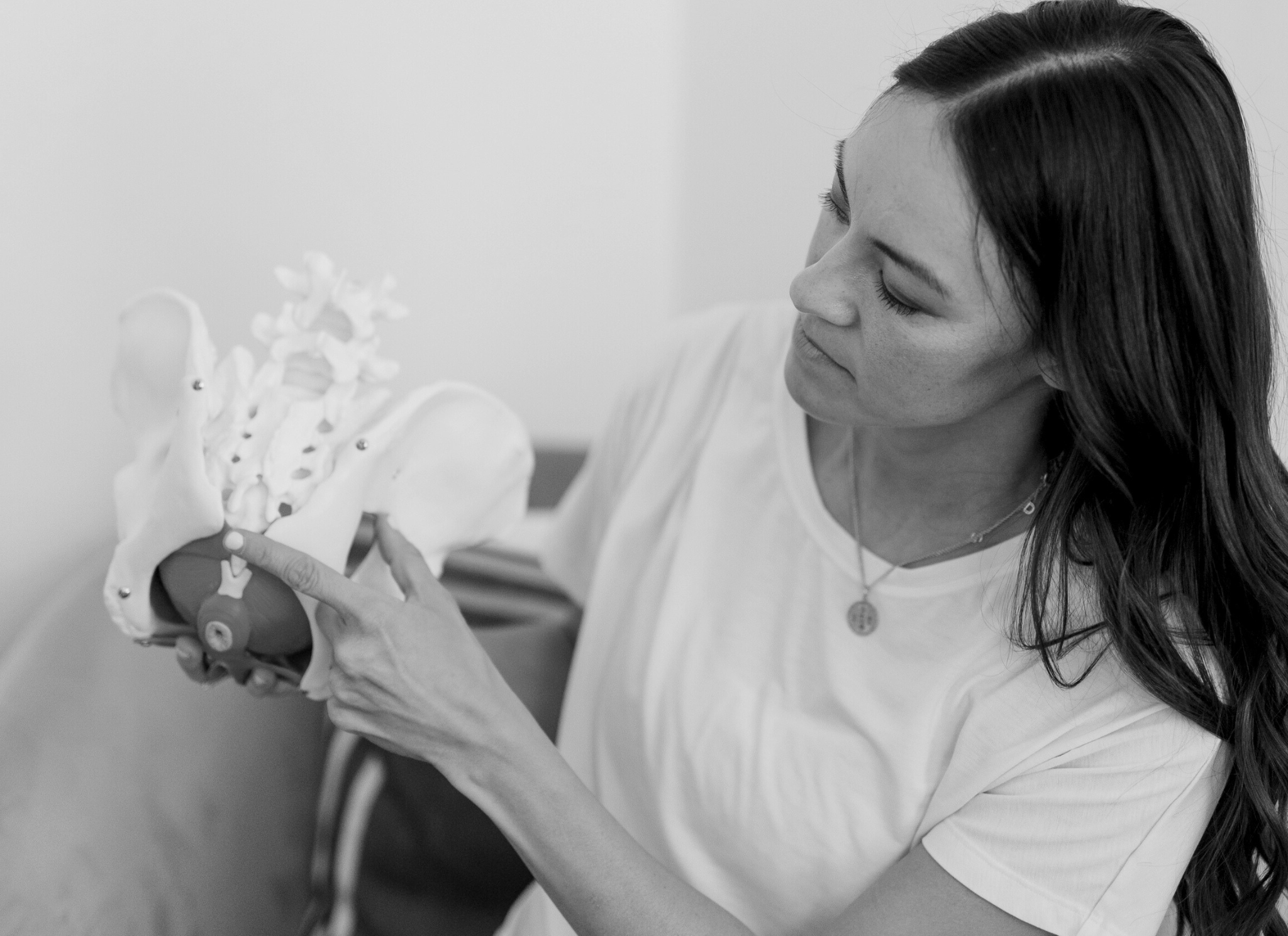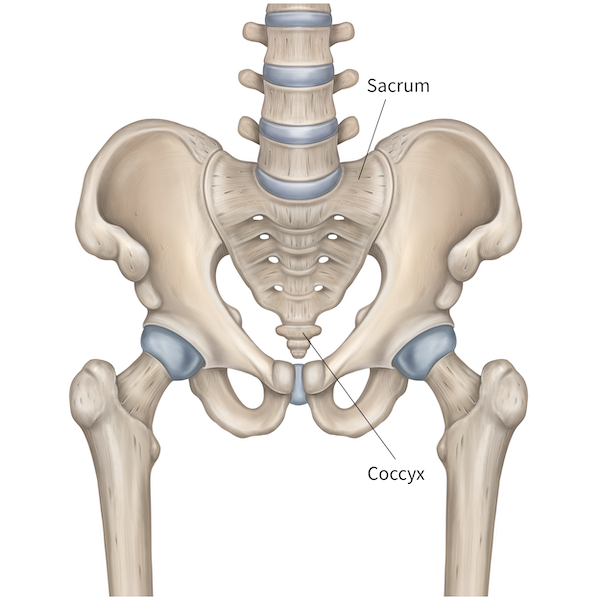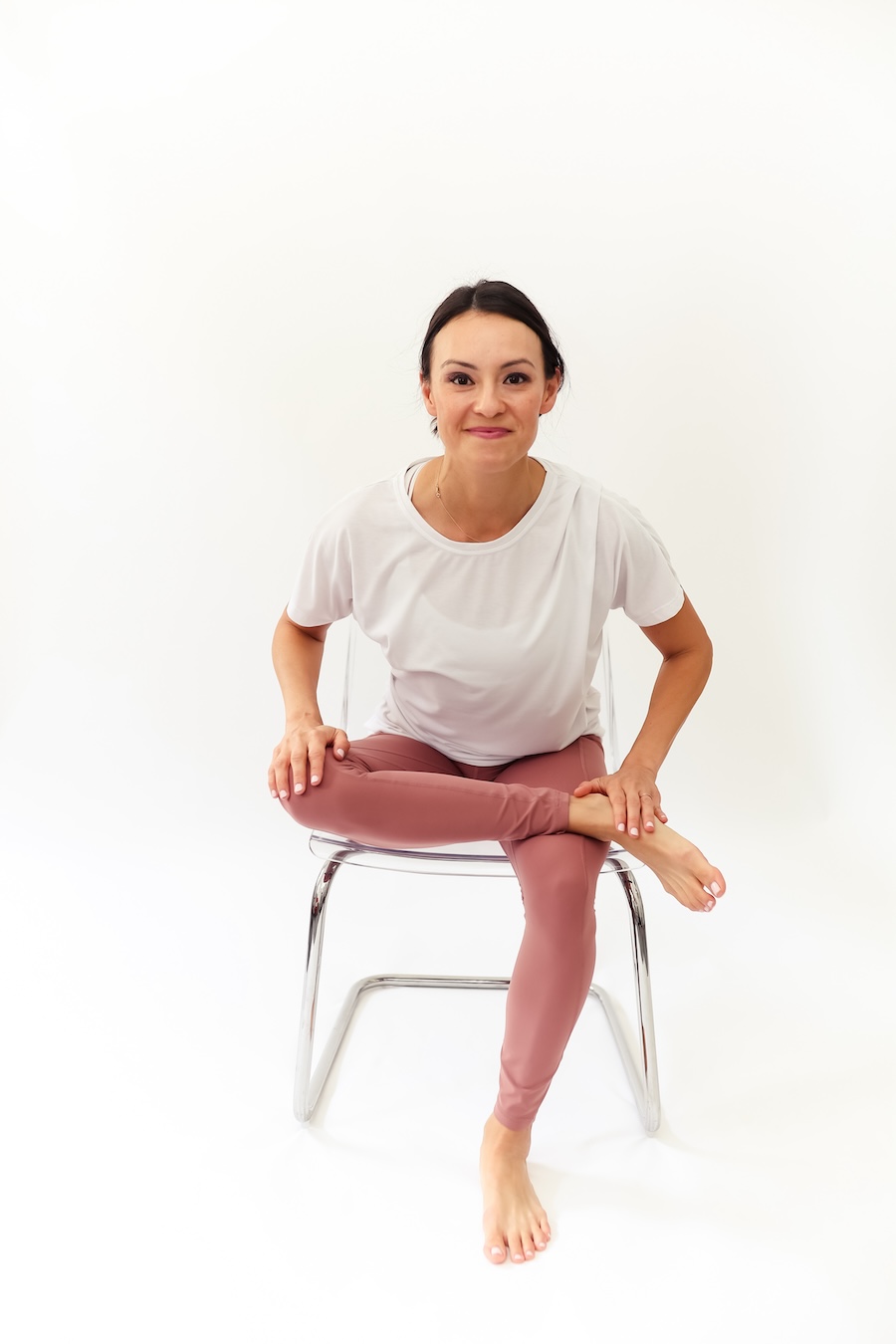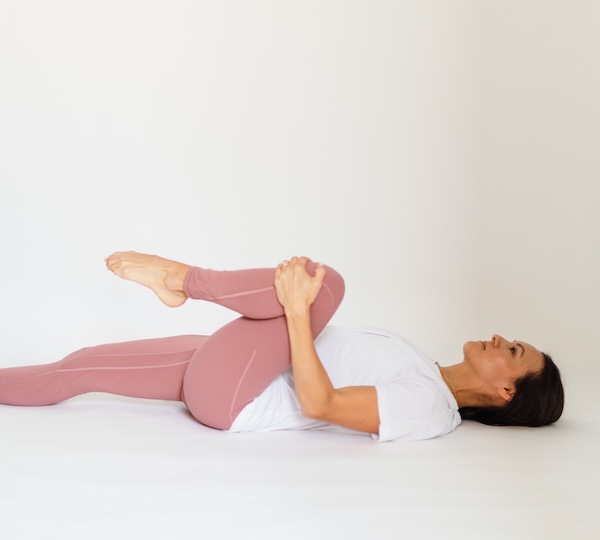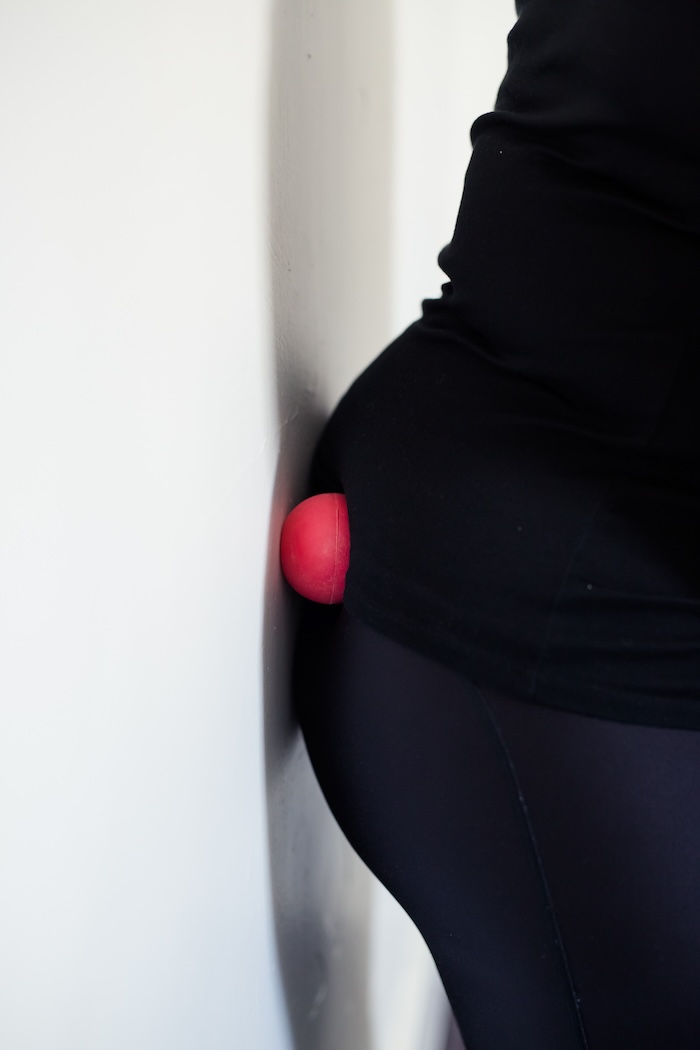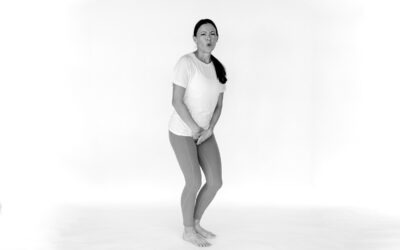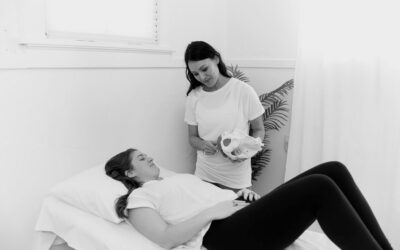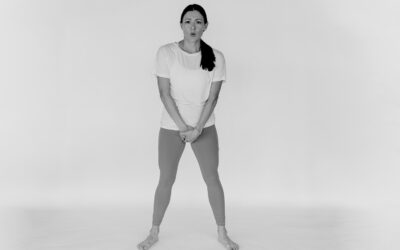Tailbone pain (also known as coccyx pain) is literally a pain in the butt!
You may notice that simple, everyday activities become bothersome. Everything from sitting to pooping and sex can irritate your tailbone pain. And even just standing up from a chair can feel like a shot right to the bottom of your spine.
But how are your pelvic floor and tailbone pain related? Let’s start with the cause of your discomfort.
Why does tailbone pain happen?
Coccyx pain can happen for many reasons:
- Trauma from a fall directly on tailbone
- Poor posture during prolonged sitting (especially on hard surfaces)
- Injury from pregnancy or childbirth
- Muscle tightness from clenching your butt cheeks or overactive pelvic floor muscles
- Muscle strain from abnormal movement patterns
Pain in the tailbone can go away quickly with better posture, ice and heat therapy, and anti-inflammatories
But it can persist and become chronic despite these efforts.
How are your pelvic floor and tailbone pain related?
Your pelvic floor is the supportive sling of muscles and ligaments at the bottom of your pelvis. The pelvic floor muscles run from your pubic bone to your tailbone at the very bottom of your spine. Along with your glutes, pelvic floor muscles both stabilize your tailbone, and help it move without pain.
Your pelvic floor muscles can contribute to tailbone pain in a couple of ways:
- Tight or overactive pelvic floor muscles pull on your tailbone causing pain and discomfort — and they can keep it from moving naturally to help with things like pain-free poops, or moving from sit to stand.
- Weak or underactive pelvic floor muscles can’t support your posture or pelvic joints and can cause pain.
But pelvic floor physical therapy can help relieve tailbone pain by:
- Releasing tight ligaments and muscle tension in the glutes and pelvic floor
- Assessing and correcting posture or alignment problems
- Retraining pelvic floor muscles movement and coordination
- Performing soft tissue massage and trigger point release to both internal and external tissues
- Encouraging healing with modalities like cupping and dry needling
They can also coach you on different strategies that promote pelvic health relaxation and pain management, like:
- Breathing exercises
- Self massage
- Toileting posture and bowel mechanics
- Strategies to limit pain during sex
Tailbone Pain After Sex
Tailbone pain after sex is common. Research shows that almost 43% of women report that both sex and bowel movements irritate tailbone pain.
Researchers do not know the exact cause of tailbone pain after sex. But, there are likely a few factors at play:
- Direct pressure on your tailbone during certain positions
- Increased tension in already tight and tender pelvic floor muscles
- Joint or ligament strain during anal sex
To help reduce tailbone pain during and after sexual activity:
- See a pelvic floor physical therapist
- Avoid or limit positions that cause pain
- Use way more lube
- Stretch out after sex (try the stretches below!)
Tailbone Pain During Pregnancy
Tailbone pain is also common during pregnancy and childbirth due to changes in body size, pelvic joints, posture, and pressure from the growing baby. To reduce tailbone pain during pregnancy:
- Stay active to improve circulation and strengthen abdominal, back, and pelvic floor muscles to support your body — from your head all the way to the tip of your tailbone.
- Wearing supportive clothing.
- Use good posture when sitting or sleeping.
- Try a coccyx relief cushion to relieve pressure on your tailbone and support your posture while sitting.
Tailbone pain is also common during pregnancy and childbirth.
What can I do to help with pelvic floor and coccyx pain?
1. Monitor your sitting posture.
Avoid slouching to keep pressure off your coccyx. Sit upright with feet flat and pelvis slightly forward to sit on sit bones.
2. Avoid sitting for long periods.
Stand and walk around or stretch every 30 minutes or so to improve circulation.
3. Stretch your butt and pelvic floor muscles.
The piriformis stretch, deep squat, and child’s pose can stretch tense muscles. Check out even more stretches below.
4. Use a stool like the Squatty Potty.
Your pooping posture matters too. Use a squatty potty for better posture and more pelvic floor relaxation during bowel movements. Stay hydrated, eat fiber, and consider stool softeners (if constipated) to prevent straining..
5. Take anti inflammatory drugs (NSAIDS)
Try NSAIDs like Advil or Ibuprofen for tailbone pain relief. But consult your doctor first, especially if you’re pregnant.
Pelvic Floor Exercises for Tailbone Pain
Try these stretches to ease tailbone pain from tight pelvic floor and glute muscles. Do them as tolerated for pelvic pain relief.
Seated Pigeon Pose
- Sit tall on a chair and place your right ankle on your left thigh, just above the knee. Let your right knee drop down.
- Gently press down on your right knee to deepen the stretch, maintaining a straight back.
- Hold stretch for several deep breaths, focusing on relaxing into the stretch. Repeat on the other side.
Knee to Chest Stretch
- Lie on your back with your legs and arms extended.
- Pull your right knee towards your chest, clasping your hands around your shin or behind the thigh.
- Hold the stretch for several deep breaths, keeping your left leg relaxed on the floor. Repeat with the left knee.
Glute Release with Ball
- Stand with your back against a wall. Place a tennis ball between your glutes and the wall, on a painful area of your glute.
- Rest your weight on the ball, allowing it to press into your muscle. Move your hips in small circles around the ball to target tender points in your glutes.
- Maintain pressure on each sensitive spot for 20-30 seconds, breathing deeply until discomfort lessens. Repeat as needed on other areas or the opposite side.
- Avoid direct pressure on your tailbone area.
Take Control and Learn to Relax Your Pelvic Floor Now
Ease your tailbone pain and get pain-free sex back in your life! The V-Hive Membership has you covered.
Tailbone pain can make everyday activities like sitting, standing, and even sex uncomfortable. This pain often stems from tight or overactive pelvic floor muscles pulling on your tailbone. Our Pelvic Floor Relaxation Program offers exclusive stretches and pain self-management strategies to ease tension and expert guidance every step of the way. And talk to a pelvic floor physical therapist one on one, from the comfort of your home, with the V-Hive’s virtual consultations.
Stop suffering and start living. Don’t put up with pain for one more day. Start your free V-Hive trial membership now!

